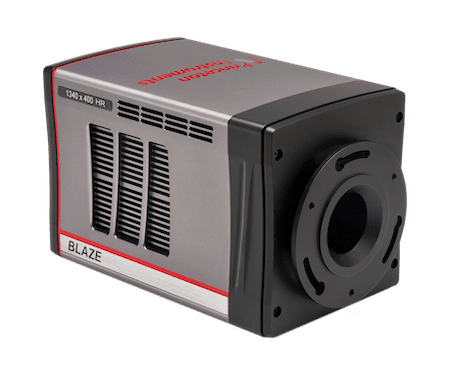Resonance Raman Spectroscopy
One of the central problems in Raman spectroscopy is when a substance absorbs laser beam energy and generates a strong fluorescence. This is especially prevalent with colored samples. However, when the laser frequency is close to the frequency of the electronic excited states, it resonates with them, causing a resonance Raman signal.
Although not all of the bands of the spontaneous Raman spectrum are enhanced, those that are become enhanced by 3-5 orders of magnitude. The molecules responsible for coloration experience the highest level of enhancement as the chromophoric group normally has the highest level of light absorption.
The highest intensity of resonance Raman signal is obtained when the laser frequency equals the first of the second electronic excited state – therefore tunable lasers are the most appropriate choice.
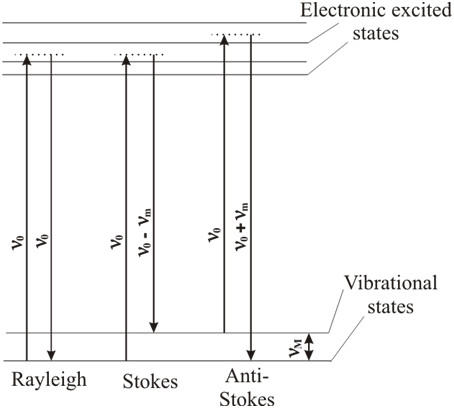
Spectrometers for Resonance Raman Spectroscopy
IsoPlane
The IsoPlane offers excellent signal-to-noise ratio, with high spectral resolution and imaging performance to ensure almost perfect capture of information from resonance Raman spectroscopy.
The IsoPlane provides twice the light-gathering power in comparison to typical Czerny-Turner spectrographs, allowing for measurements of even the non-enhanced peaks. This overall produces sharper images and improved resolution, ensuring all peaks within the resulting spectra are distinguished without the need for post-processing techniques.
With a unique optical design, the IsoPlane completely eliminates astigmatism across the focal plane. This offers multichannel capabilities to obtain broad range spectral information. Resonance Raman spectroscopy is a technique that requires tunable lasers, with a broad spectral range allowing for the optimal laser to be used.
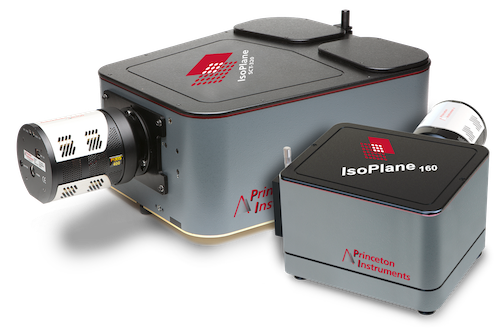

TriVista
The TriVista is a set of three spectrometers comprised of the SpectraPro family of spectrometers. This offers greater flexibility without reducing performance, operating from 200 – 2200 nm. As resonance Raman spectroscopy depends on a laser with the same frequency as the first electronic excited state of the sample, flexibility is key.
Resonance Raman spectroscopy requires ultimate precision. The TriVista offers superb resolution, and high-quality imaging alongside stray light suppression. The TriVista is also able to capture Raman spectra as close as 5 wavenumbers from the Rayleigh line, preventing any Rayleigh line limited applications.
Cameras for Resonance Raman Spectroscopy
ProEM
The ProEM series features eXcelon™3 back-illuminated EMCCD sensors which offer higher NIR and UV quantum efficiency alongside reduced etaloning (fringing) providing better spectral quality for resonance Raman scattering within the UV and NIR range.
As specific lasers used within resonance Raman spectroscopy may not match the excited electronic state of the sample, sensors with low noise and high sensitivity such as the ProEM are advantageous.
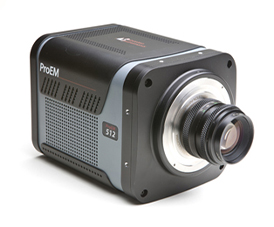
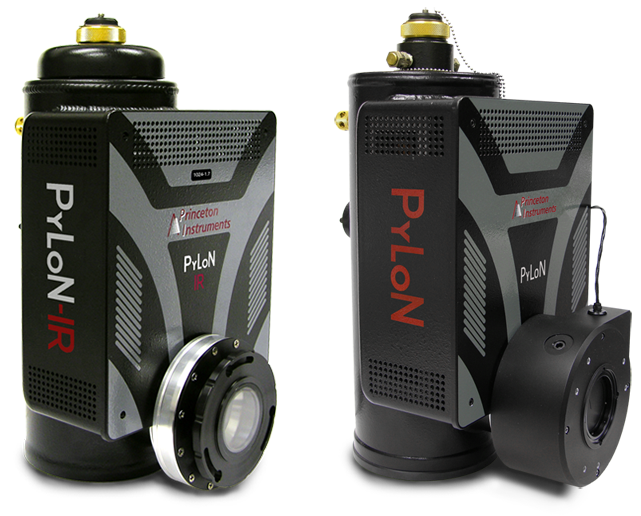
PyLoN Family
The PyLoN family of cryogenically cooled CCD and InGaAs cameras, offers extremely low noise essential for non-optimally matched resonance Raman spectroscopy. The PyLoN is equipped with a low dark current CCD with low read noise to eliminate the accumulation of noise with long exposure time.
The PyLoN IR is essential for ultra-low noise near-infrared and SWIR spectroscopy, ideal for samples resonating in the spectral range of 800-2200 nm.
The PyLoN family also provides flexible readout speeds from 50 kHz – 4 MHz, enabling both high spectral speeds (<6600 spectra/sec) or low read noise dependent on the specific experimental set-up.
BLAZE
For resonance Raman spectroscopy within the 900 – 1700 nm wavelength range, the BLAZE spectroscopy camera offers the highest CCD NIR sensitivity with low dark current.
The BLAZE delivers fast spectral rates for capturing of all information alongside True -100℃ cooling. This cooling provides low spectral noise, ideal for long exposure times which are commonly used to improve Raman signal.
